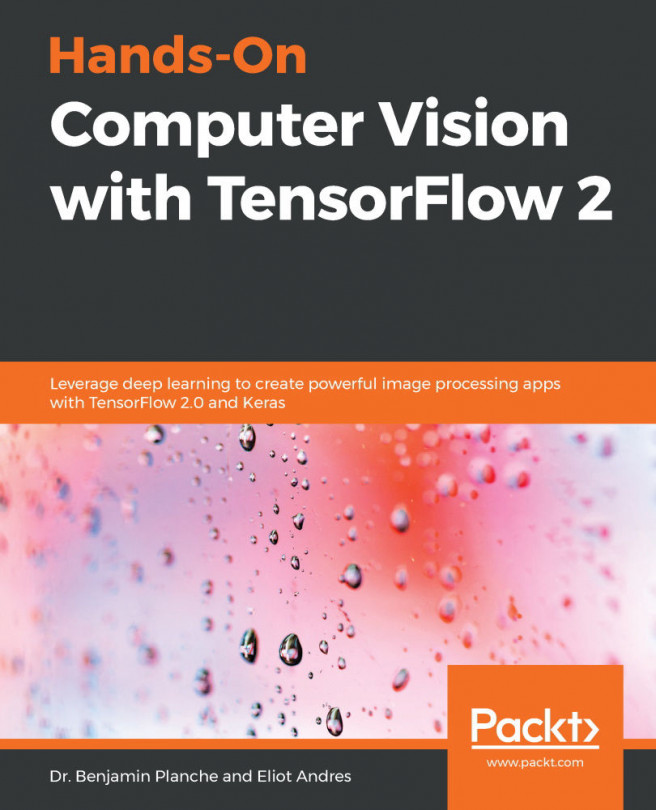In this chapter, we built a deep learning CNN, and trained it using Keras to recognize facial expressions on photos. Then we ported it for the mobile application using Core ML. The model can work in real time. We've also become acquainted with the Apple Vision framework.
CNNs are powerful tools that can be applied for many computer vision tasks, as well as for time-series prediction, natural language processing, and others. They are built around the concept of convolution—a mathematical operation that can be used for defining many types of image transformations. CNNs learn convolution filters in the similar manner as usual neural networks learn weights using the same stochastic gradient descent. Convolution requires less computations than usual matrix multiplications, which is why they can be effectively used on mobile devices. Apart from convolutional layers...












































































